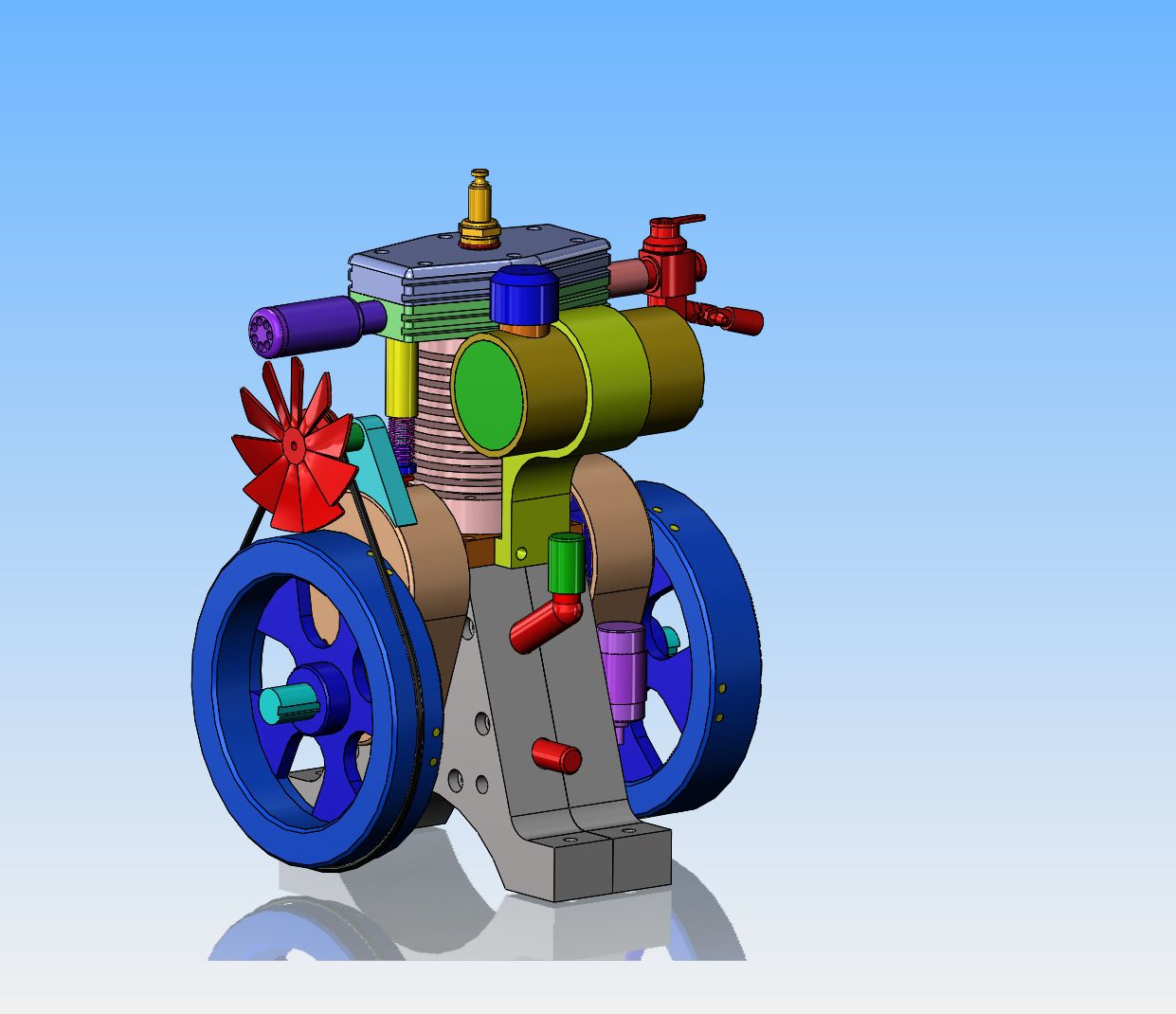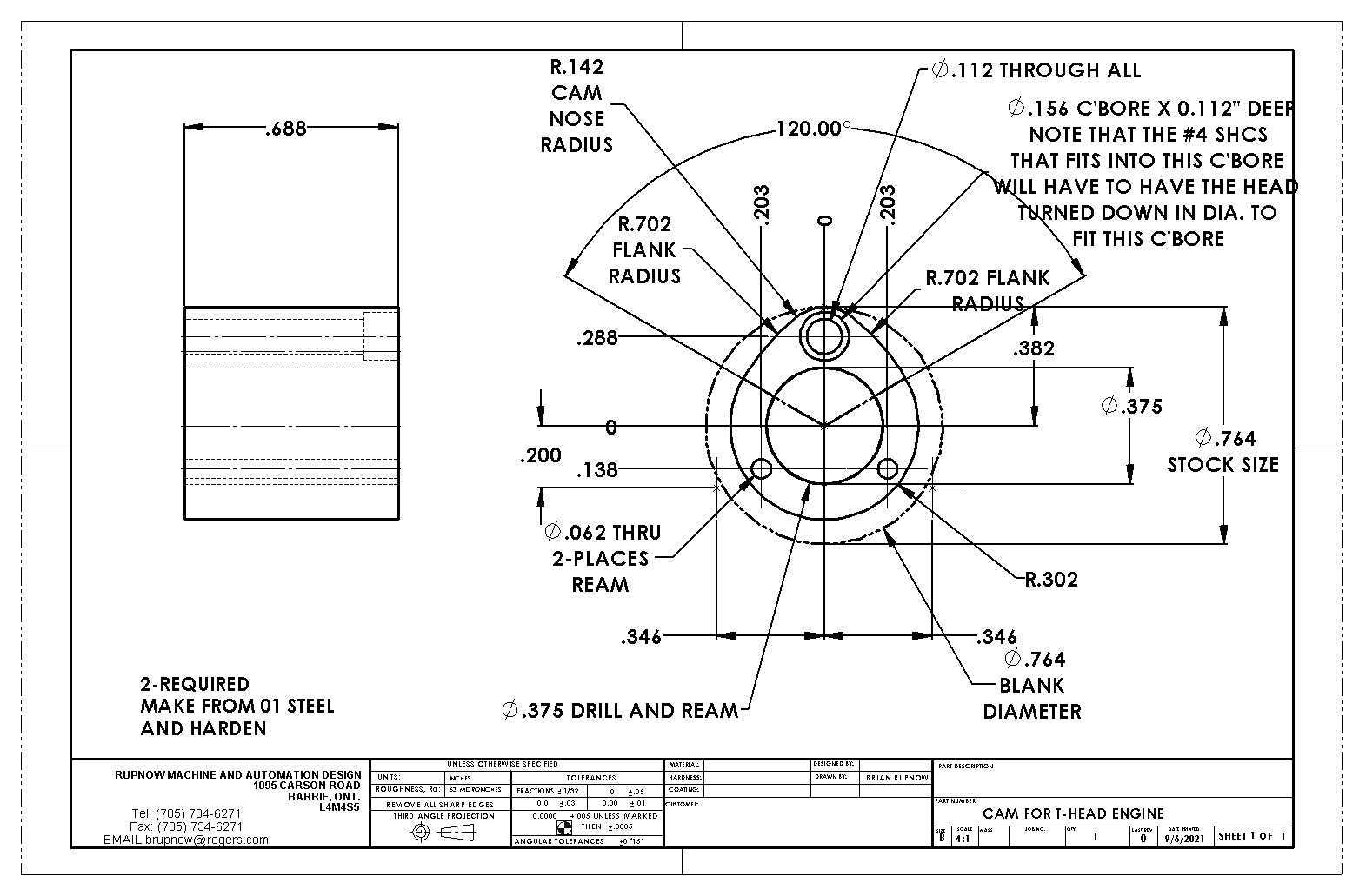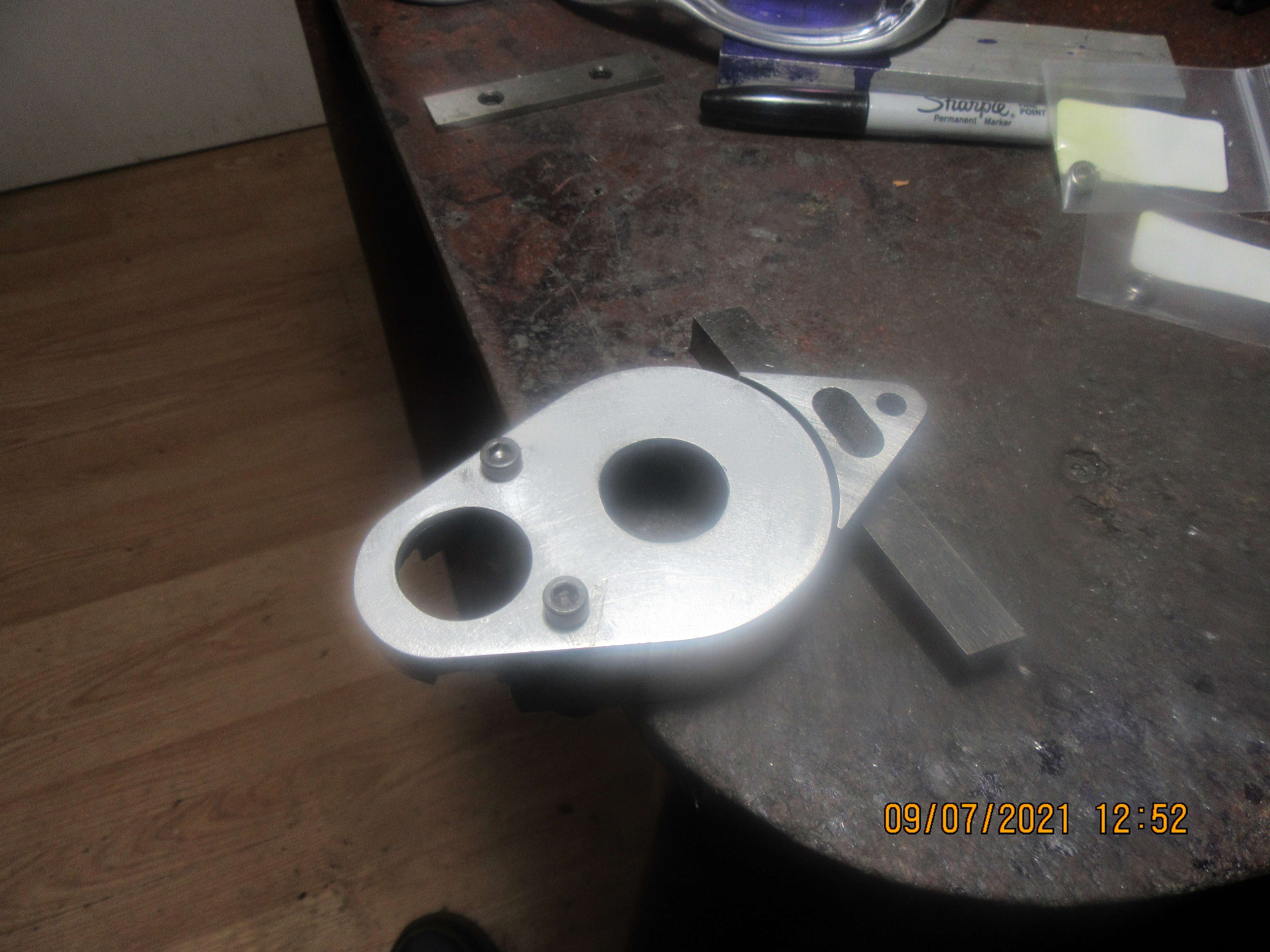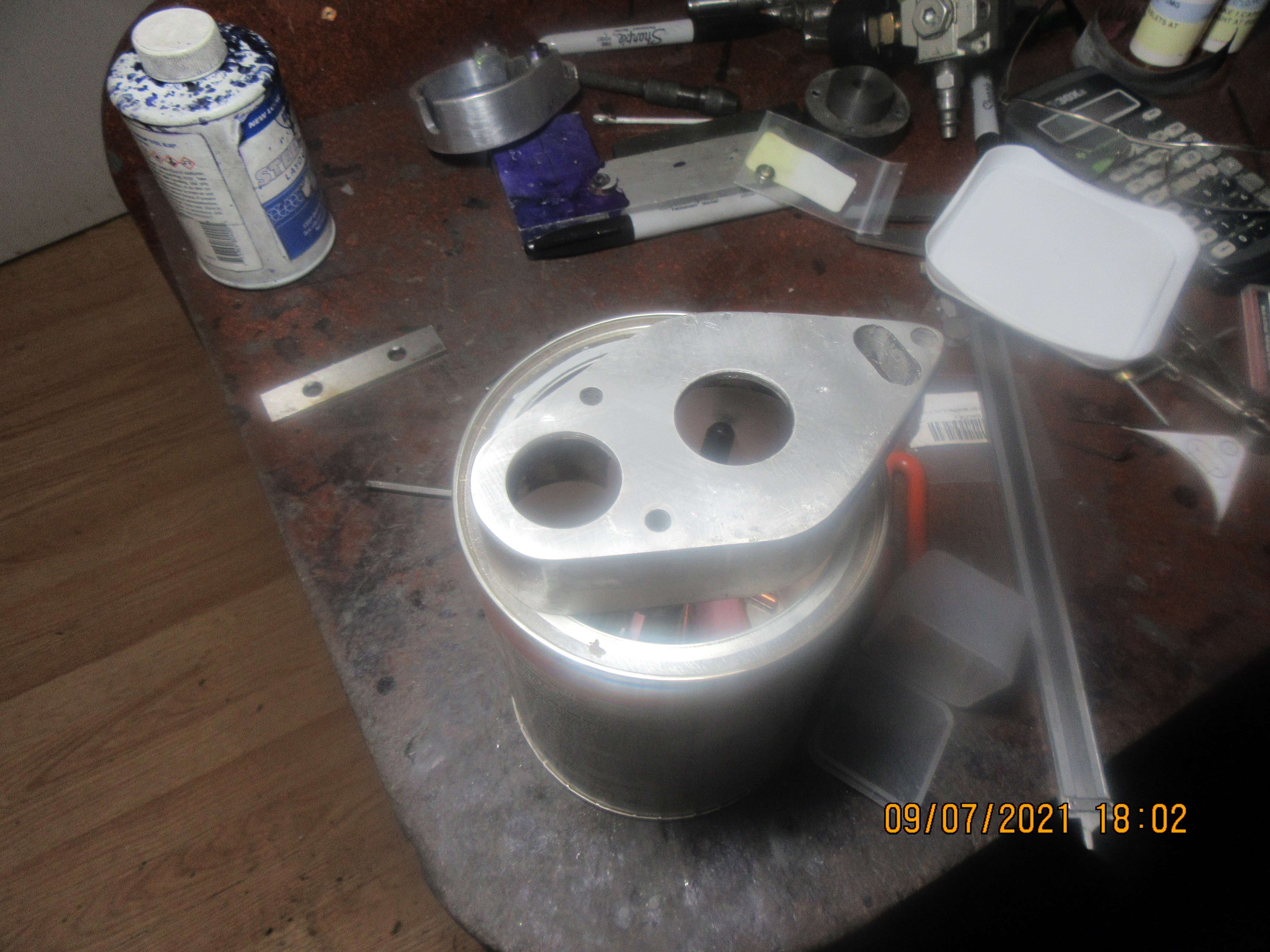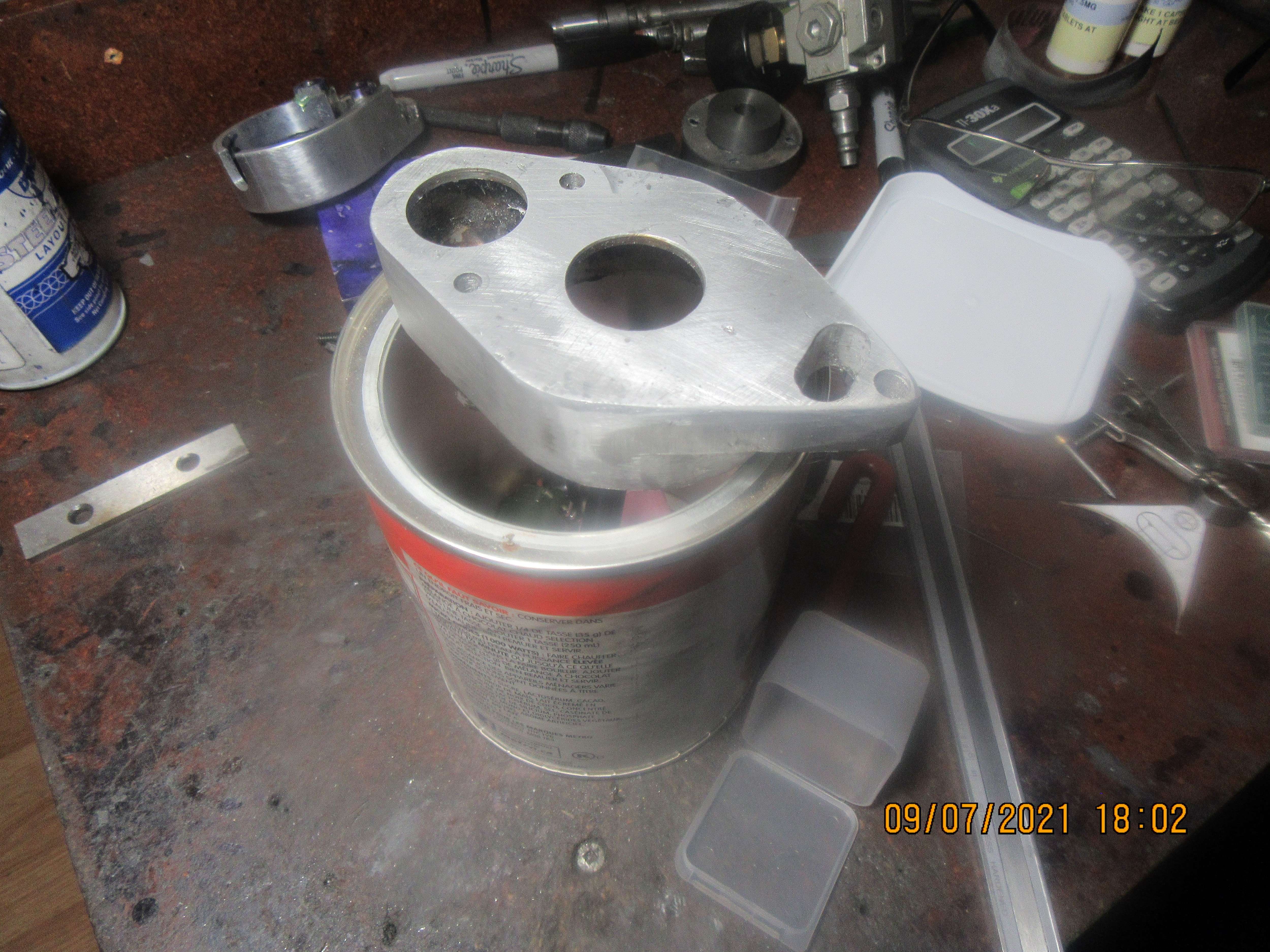- Joined
- Dec 31, 2010
- Messages
- 812
- Reaction score
- 215
Brian:
You should consider using the Sprague clutch type starter. Or at least a curved slot in the hub.
It is likely that the engine needs / wants to spin faster than the starter to run. Your direct connection starter will be holding it back. The clutch will allow it to speed ahead of the starter once it starts. Or with a curved slot it will kick the starter out when it runs.
All of my engines run much faster than my starter drill and will not respond to being forced to a specific rpm.
Another alternative is a friction cone type starter like model airplanes use. Simple to make.
P.S. a faster motor direct connected will also not help for the reverse reasons (forcing the engine to run faster than it wants).
You should consider using the Sprague clutch type starter. Or at least a curved slot in the hub.
It is likely that the engine needs / wants to spin faster than the starter to run. Your direct connection starter will be holding it back. The clutch will allow it to speed ahead of the starter once it starts. Or with a curved slot it will kick the starter out when it runs.
All of my engines run much faster than my starter drill and will not respond to being forced to a specific rpm.
Another alternative is a friction cone type starter like model airplanes use. Simple to make.
P.S. a faster motor direct connected will also not help for the reverse reasons (forcing the engine to run faster than it wants).



































